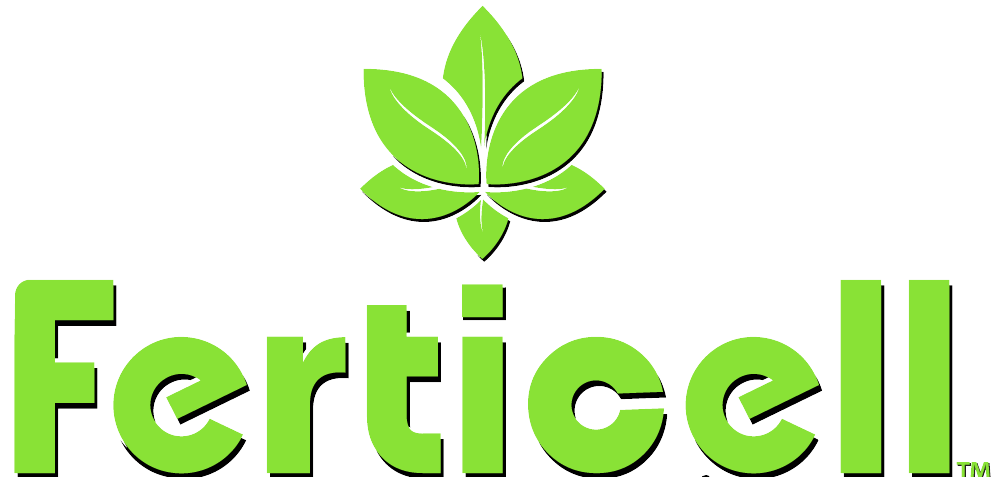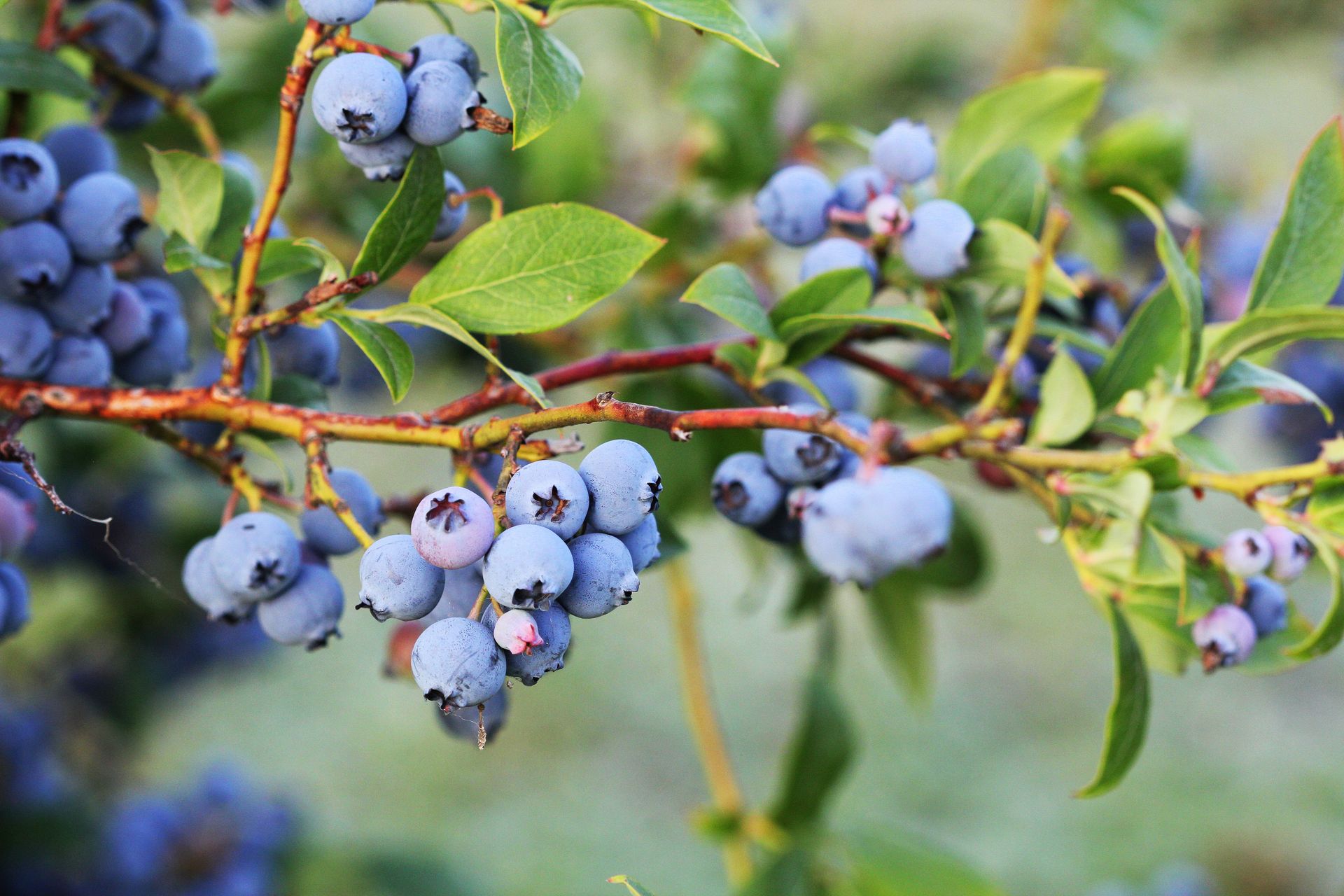The Benefits of Using Amino Acid Protein Nitrogen Fertilizers Like Ferticell® Explorer™ 10-0-0 and 16-0-0
Hydrolyzed soy protein (HSP) products, like Ferticell® Explorer™ 10-0-0 and Explorer™ 16-0-0 and our other products containing nitrogen also have polyamines (PAs), are pivotal in modern agricultural and biochemical applications. They provide essential nutrients for plant growth, while the PAs influence stress tolerance, ion transport, and crop productivity. First let’s examine their biochemical composition, roles, and mechanisms in plant development. Hydrolyzed soy protein is derived from soy proteins broken down into smaller peptides and amino acids through hydrolysis, heat treatment, or microbial fermentation. This process yields compounds like oligopeptides and polypeptides, alongside free amino acids, and biogenic amines. Biogenic amines (BAs) are nitrogenous compounds produced by decarboxylation of amino acids during hydrolysis or fermentation. In hydrolyzed soy protein, typical BAs include tyramine, histamine, putrescine, cadaverine, spermidine, and spermine. Their formation is crucial for biological activities, yet excessive accumulation can influence metabolic pathways and plant responses. This also explains why Ferticell’s products containing Nitrogen have synergistic effects that are realized, as well as there is nitrogen in them that is not seen through normal analysis. In amino acids there is an additional average of 6.5% nitrogen that is part of their composition, so with Explorer™ 10-0-0 that means an additional 3.9% or a 13.9-0-0*. Delving deeper there are other benefits that are not seen in using conventional nitrogen. Among them:
- Protein Structure: Amines (NH₂ groups) in amino acids form peptide bonds, facilitating protein synthesis.
- Neurotransmitter Precursors: Amino acids such as tryptophan and tyrosine can transform into serotonin and dopamine, respectively, playing roles in biochemical signaling.
- Zwitterionic Behavior: Amino acids exist as zwitterions in solution, balancing ionic interactions critical for cellular stability.
- Glycine acts as a transport for delivery of nutrients directly to the plants cells
Polyamines in Plant Biology are polycationic organic molecules found in all living cells. They perform key roles in plant physiology, influencing growth, development, and cellular processes.
Fundamental Roles:
- Cell Division and Differentiation: Polyamines regulate chromatin remodeling and gene expression, essential for normal plant growth.
- Flowering and Fruit Development: Polyamines enhance processes like pollen viability, ovule development, fruit set, and ripening.
- Nutrient Uptake: Their involvement in ion exchange increases plant absorption efficiency, promoting overall health and productivity.
Polyamines improve plant tolerance to abiotic stresses (e.g., drought, salinity, extreme temperatures) and biotic stresses (e.g., pathogens, pests) by triggering molecular and physiological defenses. They modulate antioxidant activity, cellular repair mechanisms, and osmotic balance. Mechanisms of Polyamine Action: Ion Exchange and Stress Responses. Polyamines influence ion transport across cellular membranes, maintaining ionic homeostasis and signaling under stress conditions.
Cation Transport Modulation:
- Ion Homeostasis: Polyamines regulate transporters like H+ and Ca2+ ATPases, ensuring cellular ionic balance critical for metabolic stability.
- Stress-Induced Remodeling: Under stress, polyamine levels adjust to enhance proline accumulation and enzymatic antioxidant activity.
Specific Effects:
- Salinity Stress: Spermidine and spermine mitigate salinity-induced osmotic imbalances by enhancing ion transport and antioxidant responses.
- Drought Stress: These polyamines promote grain filling and drought resistance in crops like wheat.
Ions play a crucial role in agriculture by enabling plant nutrient uptake, influencing soil fertility, and impacting soil pH and structure, all of which are essential for healthy crop growth.
Here's a more detailed explanation:
- Nutrient Availability: Plants absorb essential nutrients from the soil in the form of ions, such as nitrate (NO3-), ammonium (NH4+), phosphate (PO43-), and potassium (K+).
- Soil Fertility: The ability of soil to hold and release these ions (cation exchange capacity) is a key factor in determining soil fertility.
- Soil pH: The presence and activity of ions, particularly hydrogen ions (H+), significantly influence soil pH, which in turn affects nutrient availability and plant growth.
- Cation Exchange: Soil particles, especially clay and organic matter, have a negative charge that attracts and holds positively charged ions (cations) like calcium (Ca2+), magnesium (Mg2+), and potassium (K+), making them available for plant uptake.
- Anion Exchange: While less common than cation exchange, some soils also have positively charged surfaces that can hold negatively charged ions (anions) like nitrate (NO3-) and phosphate (PO43-).
- Water Quality: Excessive amounts of certain ions, like nitrate, can leach into groundwater and contaminate water sources, posing a threat to both human and environmental health.
- Ionic Liquids in Agriculture: Ionic liquids (ILs) are emerging as a promising area of research in agriculture, with potential applications in pesticide delivery, plant immunity induction, and sustainable agricultural practices.
In conclusion the practical utilization of hydrolyzed soy protein and polyamines, Explorer™ 10-0-0 and Explorer™ 16-0-0, has transformative implications for sustainable agriculture:
- Fertilizers: HSP provides organic nitrogen and essential amino acids to support plant growth and development.
- Abiotic Stress Tolerance: Polyamines enhance resilience to environmental challenges like drought and salinity.
- Crop Yield and Quality: PAs improve yield metrics and post-harvest fruit preservation, extending shelf life.
- Biotic Stress Defense: Their role in pathogen and pest resistance bolsters crop health.
* 1. Explorer™ 10-0-0 is listed as 10% hydrolyzed soy nitrogen, and contains 60% amino acids (60.9% by analysis).
* 3. Amino acids contribute an additional 6.5% nitrogen yielding 0.065 X 60 = 3.9% more nitrogen than the 10% analyzed or 13.9% with 98% (efficiency) of it being used by the plant.



